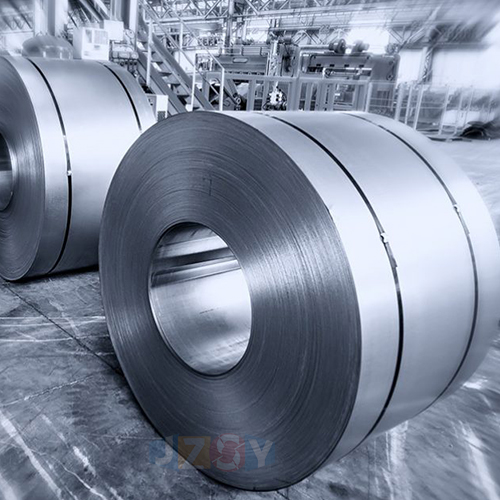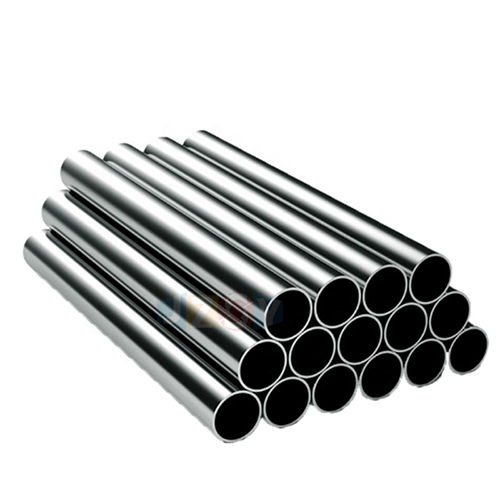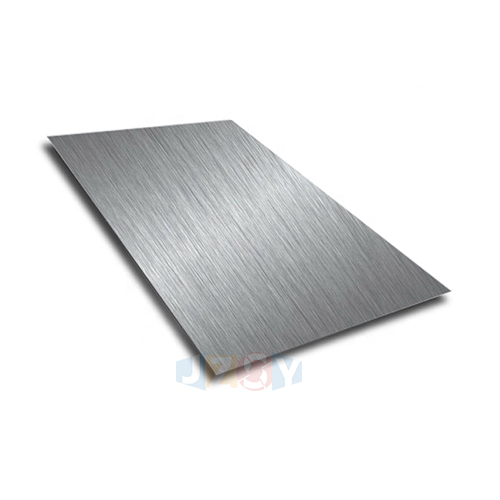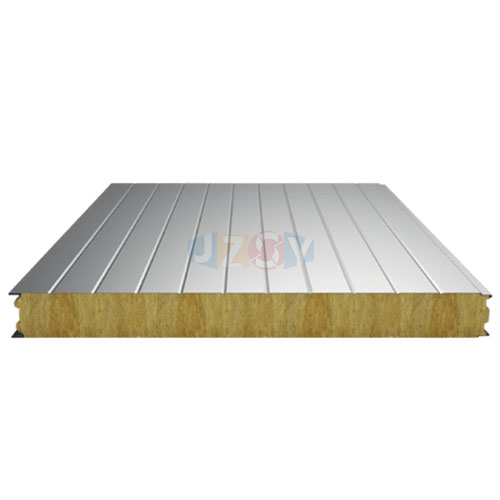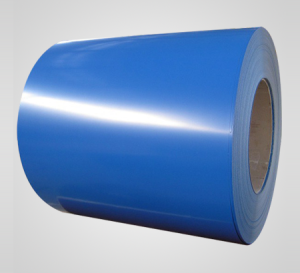304 stainless steel
304 stainless steel nitride contains 18% chromium and 8% nickel, and has excellent corrosion resistance, durability and easy processing. It still maintains strength at high temperatures and is widely used in food, chemical, construction and other industries for its aesthetics and economy.
What is 304L stainless steel? Main differences and applications
304L stainless steel is a low-carbon version of 304 stainless steel, with a lower carbon content (up to 0.03%), which has better resistance to intergranular corrosion after welding. The main differences include:
Chemical composition: 304L has a lower carbon content than 304, which reduces the structure of carbides during welding and improves corrosion resistance.
Welding performance: 304L will not corrode as easily as 304 after welding, so it is more suitable in welding applications.
Application areas: 304L is often used in chemical, petroleum, marine engineering, food processing and medical equipment, especially in highly corrosive environments.
In general, 304L stainless steel is suitable for occasions with high requirements for switches and switch resistance.
Learn about the unique properties of 304 stainless steel, from corrosion resistance to durability. Find out why it is a top-notch material.
- 1. Corrosion resistance
304 stainless steel contains 18% chromium and 8% nickel, and has excellent oxidation and corrosion resistance. It can effectively prevent rust in most environments, including moisture, acidic and alkaline chemicals, and is particularly suitable for kitchen utensils, food processing equipment and the chemical industry. - 2. Durability and strength
The strength and durability of 304 stainless steel perform well in highly corrosive or electronic power environments. Its tensile strength is generally above 515 MPa, and its yield strength is also around 205 MPa, which can withstand greater external forces without being easily deformed or damaged. - 3. Ease of processing
304 stainless steel has good forming and welding properties and can be processed in a variety of ways, including stamping, bending, crimping, stretching, etc. Its tough structure can be stable in cold and hot processing. - 4. Heat resistance
304 stainless steel still maintains its strength and corrosion resistance in high temperature environments. Below 870°C, it still has good oxidation resistance. This product is widely used in high temperature environments such as kitchen utensils and industrial boilers. - 5. Aesthetics
304 stainless steel has a smooth surface, is easy to clean, and has good aesthetics, so it is widely used in construction, decoration, medical equipment and other fields. - 6. Food safety
304 stainless steel is non-toxic and odorless, does not react with food, and is a common material in the food processing industry and tableware manufacturing, meeting strict hygiene and safety standards. - 7. Economical
Although 304 stainless steel is not the cheapest material on the market, its durability, low maintenance cost and long-life formula are very cost-effective in long-term use.
In summary, 304 stainless steel is widely used because of its excellent comprehensive performance, especially in environments that require corrosion resistance, heat resistance, durability and easy cleaning.

